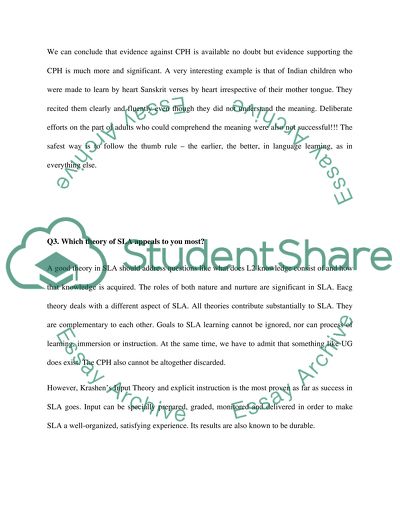Cite this document
(“Answer 3 questions about the language teaching and learning Essay”, n.d.)
Retrieved from https://studentshare.org/environmental-studies/1412262-answer
Retrieved from https://studentshare.org/environmental-studies/1412262-answer
(Answer 3 Questions about the Language Teaching and Learning Essay)
https://studentshare.org/environmental-studies/1412262-answer.
https://studentshare.org/environmental-studies/1412262-answer.
“Answer 3 Questions about the Language Teaching and Learning Essay”, n.d. https://studentshare.org/environmental-studies/1412262-answer.


